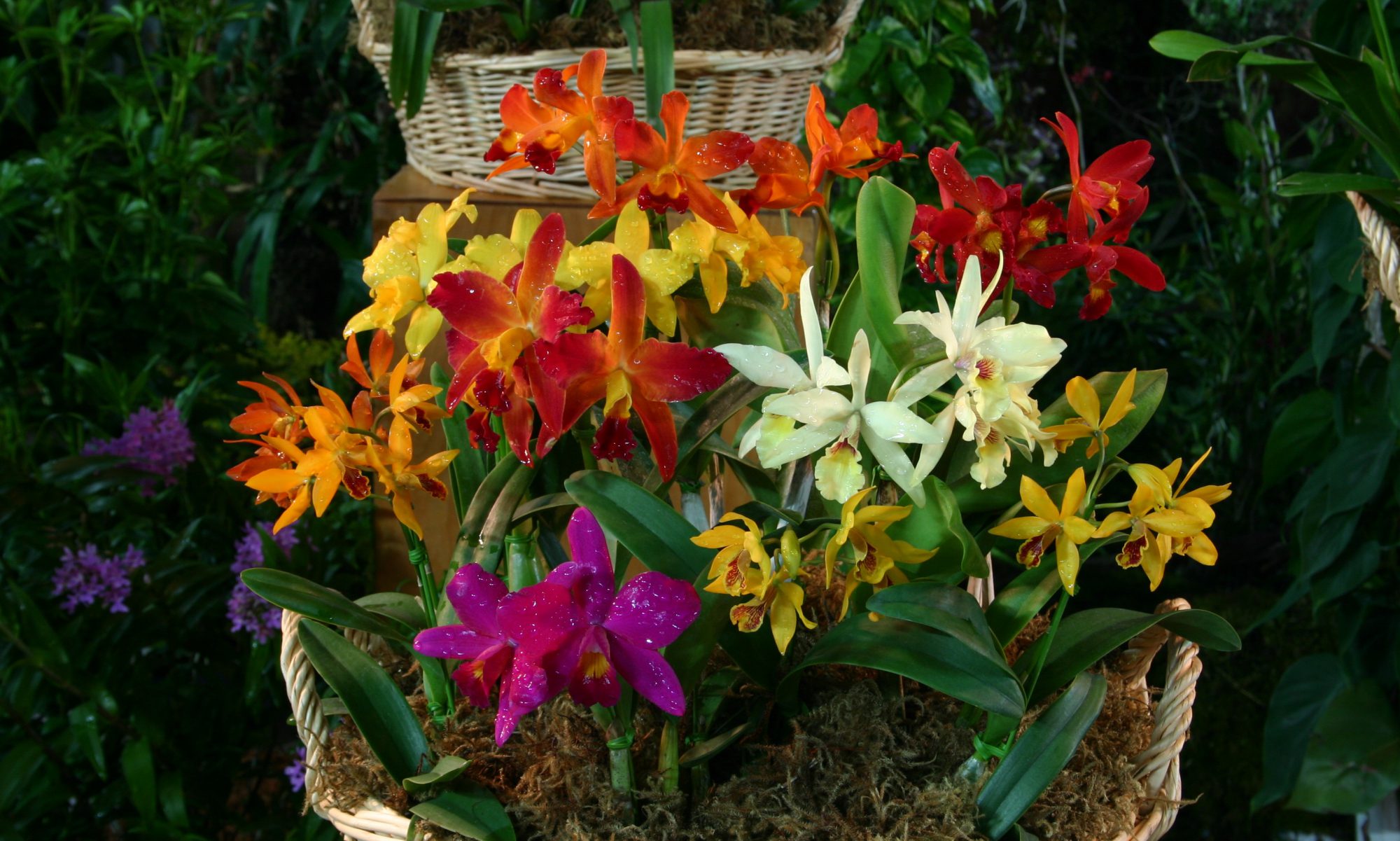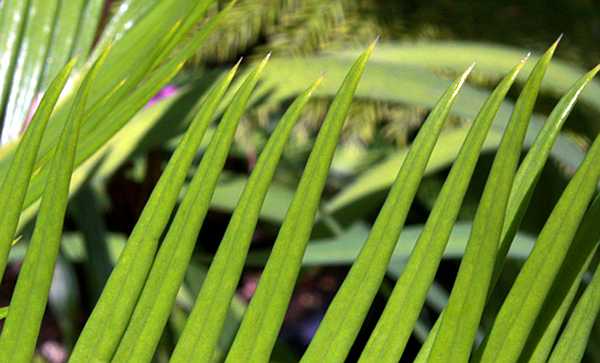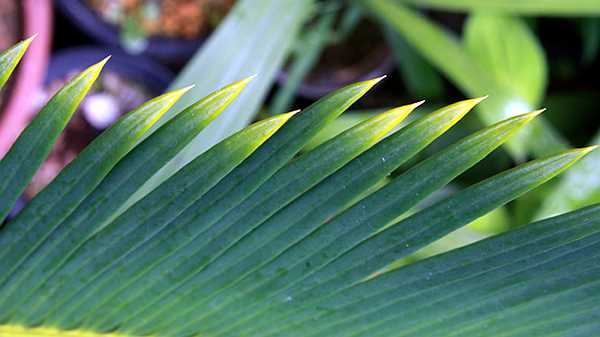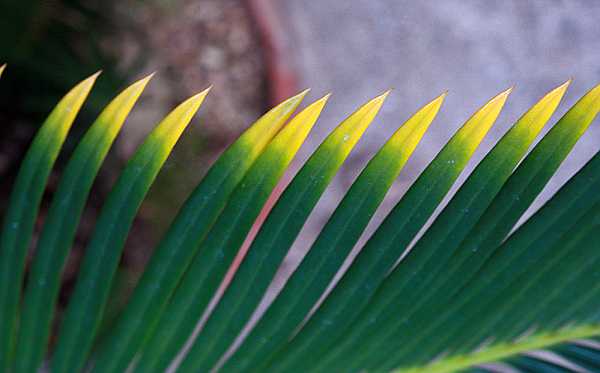The world’s most expensive spice, saffron, is produced by the saffron crocus, Crocus sativus. This intriguing and lovely flower’s story is intertwined with a human history that spans no less than 3000 years. In truth, it does not exist naturally anywhere, but rather is a sterile triploid cultivated through the centuries for its deep orange-red style and stigmata – the only part of the plant that is used to make the spice saffron. In addition, it is a welcome plant to any garden that meets its basic needs.

Crocus sativus bulbs are not true bulbs, but rather corms that closely mimic tunicate bulbs, complete with a dry outer sheath or tunic. In mid fall the leaves begin to sprout and grow just before the flowers emerge, or sometimes just after flowering. The blue-green leaves are long, thin and grass-like, growing up to 30 cm long, and have a lighter green vein down the middle. Each corm supports 5-10 of these. The leaves remain green throughout winter, dying back in spring. The above ground plant is fully dormant all summer.
The flowers open simultaneously. Each is around 6 cm across, and bears 5-6 broad lilac-purple petals with darker veins. The style is three pronged with each terminating in a stigma – the female part of the flower. The bright yellow anthers, also three in number, bear pollen, yet it is sterile, so no seeds can be produced. C. sativus is a autumn crocus, with flowering commencing in late October into late November depending on location and weather conditions.

The origins of C. sativus are not well known given its long history in cultivation. It is thought to be a selectively bred form of the naturally occurring C. cartwrightianus, a native of Greece and the Cyclades, an island group in the Aegean Sea. This species however has smaller flowers and the style/stigma lack the flavor of C. sativus. Unlike its triploid cousin, it is seed producing.
Today saffron crocus is grown across the world in any suitable climate. While it makes a lovely flowering bulb for the garden, it is mostly grown for the valuable spice, saffron. It has been grown for this purpose throughout much of Europe, the middle east, India, China, and even New Zealand and the USA. Today, Iran is the largest producer, yet Spain is the largest exporter. To this day no spice by weight is more expensive than saffron.
Like many natural herbal products, saffron contains a wealth of aromatic and volatile chemicals, giving its flavor and smell, as well as nonvolatile substances, such as carotenoids, that provide color and flavor. One of saffron’s most celebrated constituents is safranal, a volatile oil that furnishes most of its aroma. The spice is dried and must remain so to preserve this exotic cocktail of chemicals, therefore it must be kept in well sealed containers.

Throughout its history saffron has been used as in dyes, in perfumes, in medicines, in body washes, as a narcotic, in aphrodisiacs, as an antidepressant, in potpourris, in make up, and of course as a spice, both coloring and flavoring all manner of foods and spirits. While historical use of saffron for a wide range of ailments is well documented, more recently it has been studied for possible anticarcinogenic and antioxidant properties.
Continue reading “Crocus sativus, the saffron crocus”






















